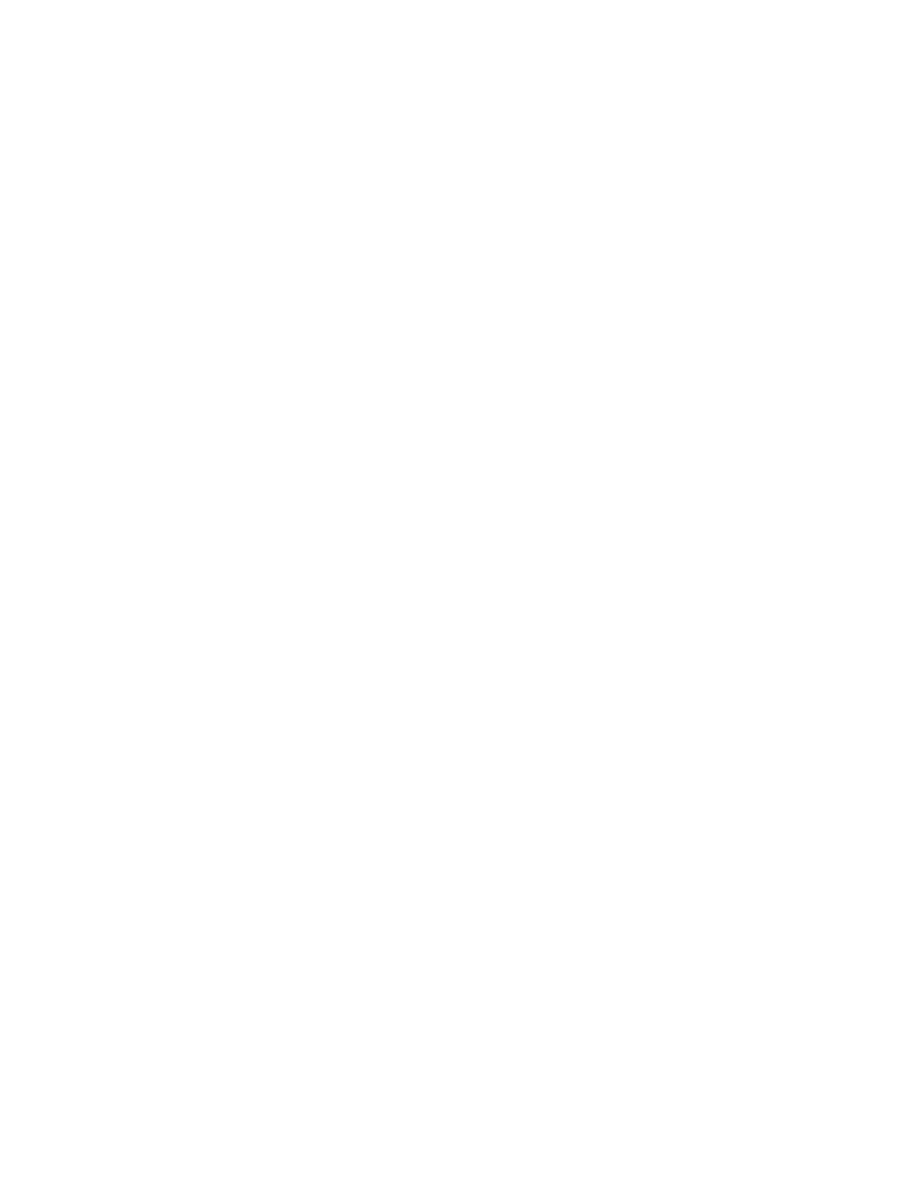Eclipse FWD L4-1997cc 2.0L DOHC MFI (1997)

Technical Service Bulletin # 9251001
Date: 920501
Paint - Damage Identification and Repair
NO.: TSB-92-51-001
DATE: MAY 1992
MODEL: ALL MODELS
SUBJECT:
PAINT DAMAGE IDENTIFICATION AND REPAIR PROCEDURES
PURPOSE
This bulletin provides technical information and procedures for identifying and repairing various types of paint damage on all new vehicles, as well as
proper inventory care to minimize future damage.
Acid Rain, Industrial Fallout, Rail Dust or Scratches & Swirl Marks is classified as Industrial paint damage. Other damage, such as tree sap, bird
droppings or bee pollen, is classified as Organic paint damage.
NOTE:
More detailed information on this subject can be found on the Triple Diamond Communications II Video # 44, Paint Damage & Repair.
Paint Coatings
There are several types of paint coatings on our vehicles, depending on the model. Each body panel gets a pre-treatment coating, a protective coating and
a coat of primer. Next, over the primer, is the color coat. On some models a clearcoat is also applied.
Solid Color
The solid color is applied to a combined minimum thickness of 2.75 mils, (.00275"). Some solid colors (Precis, Eclipse) get a clearcoat. On these colors
the minimum combined thickness is 3.25 mils, (.00325").
NOTE:
To check if the vehicle has a clearcoat, use a clean cotton towel and rub some paint cleaner on an out-of-the-way spot, such as a lower body panel. If
you see paint on the cloth in the color of the vehicle, then most likely there is no clearcoat. Some paint coatings have a tinted clear.
Metallic
For metallic paint a clearcoat is applied over the color coat. Overall minimum thickness for metallic paint will measure over three thousandths,
(.00325"), 3.25 mils.
Pearl
For pearl color, such as the 3000GT and the Diamante, a pearlcoat is applied over the color basecoat, and then the clearcoat. Overall minimum thickness
for this application will measure 3.75 mils, (.00375").
Identifying Paint Coatings
To identify the type of paint used on any Mitsubishi vehicle, check the Vehicle Information Code Plate for the exterior color code. On most of our
vehicles this plate is located under the hood on the bulkhead. Next, refer to the latest Technical Service Bulletin (TSB-91-51-005) to identify the
different types of finish on late-model vehicles.
Vehicle Inspection
Examine each vehicle at the time of delivery to see if it needs to be repaired now before the damage gets worse sitting on the lot. Wash every vehicle for
a close inspection. it's surprising how grit can damage the surface even as you wash the car.
How to Measure Paint Thickness
Paint thickness is measured with a mii gauge. A mil gauge measures paint thickness from the top of the sheet metal to the top surface of the coating.
There are several different types of gauges. Some gauges are digital and some are mechanical. Take several measurements in the area you will be
working on. Keep track of these measurements as you will re-measure later to ensure you don't remove more than 0.5 mil (.0005"). This specification
applies to all types of paint coatings.
Recommended Mil gauges:
